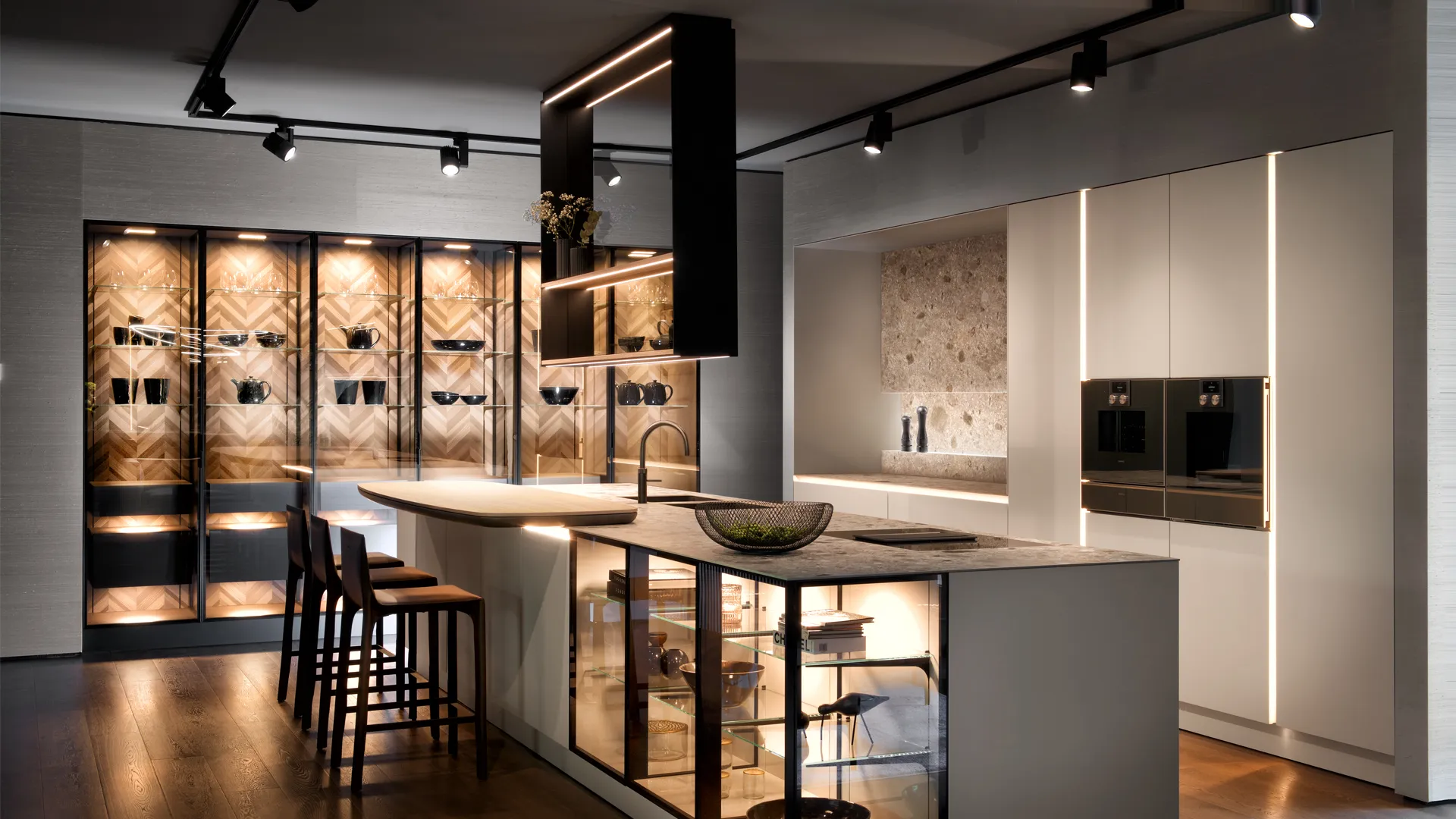What You Need to Know About Kitchen Sink Plumbing
Installing a kitchen sink can be one of the most challenging plumbing fixtures to get right. It requires meticulous planning and precise sizing in order to guarantee its functionality.
To prevent drain clogs, do not pour grease, coffee grounds or other sticky objects down the sink. Instead, place a strainer basket inside and regularly flush out pipes after using the sink.
Trap
When looking under your kitchen sink, you may notice a U or P-shaped bend in the drain pipe. This bend is known as a trap and serves an important purpose:
A P-trap’s primary job is to prevent hazardous sewer gases from seeping into your home through your plumbing system. It also collects debris, hair and other unwanted materials that might otherwise go down the drain.
Sometimes, traps become clogged and require unclogging and repairs. It’s usually simple to take apart the trap, inspect for blockages, and clean it out manually; however, if you’re unsure what you’re doing, call a professional plumber who has all of the tools and training needed.
Tee
A tee is a fitting that joins two pipes together within one pipe line. It may also be employed to link an internal drainpipe into the wall for added convenience.
Kitchen sinks require a drain system composed of three components: a basket strainer, trap and waste trap. These components work together to filter solid material out of the water flow and prevent blockages.
Drain pipes connecting to sinks should have a slight downward slope towards the trap and their vertical tailpiece cannot exceed 24 inches in length.
Once the tee is in place, attach the tailpiece to the strainer with a slip nut and washer. Finally, temporarily connect the continuous waste pipe to your disposal using another slip nut and washer as well.
Waste Arm
The waste arm is an integral component of your kitchen sink plumbing system. It transports used water to the sewer or septic tank and also acts as a support for the trap, where food and drinks are diverted.
The trap is a U-shaped pipe with a cleanout plug at its end. This prevents waste from backing up into your sink and forcing it in the opposite direction.
The most efficient way to clear your drain is with a plunger. Not only will it remove the obstruction, but it’ll save you money in the long run as well. Even better, you don’t need professional assistance – you can do this yourself without paying for plumbing services!
Coupler
A coupler in kitchen sink plumbing is a small tube that connects two drainpipes together. Although not essential to the system, it can come in handy when you need to extend a short length of tubing underneath your sink.
Couplers typically consist of four elements: grooved pipe, gasket, coupling housing and nuts and bolts. The grooved pipe is cold-formed (or machined) to create a joint that resists movement.
Couplers come in a range of performance depending on the equipment they are used with and any issues that need to be addressed. For instance, one coupler may need to accommodate large tips while also fitting small ones.
Faucet
The faucet is an integral element of kitchen sink plumbing. It must be capable of handling all your cooking requirements and complement the style of your kitchen’s interior design.
If your faucet isn’t functioning optimally, it might be time for a replacement. Opt for an affordable yet durable model that will last a long time.
Additionally, your machine should have a nice, polished surface. PVD finishes, for instance, are scratch-resistant and long-lasting.
When it comes to kitchen sink faucets, there are plenty of choices. Pull-down faucets, pot fillers and water dispensers can all be purchased for your convenience.











